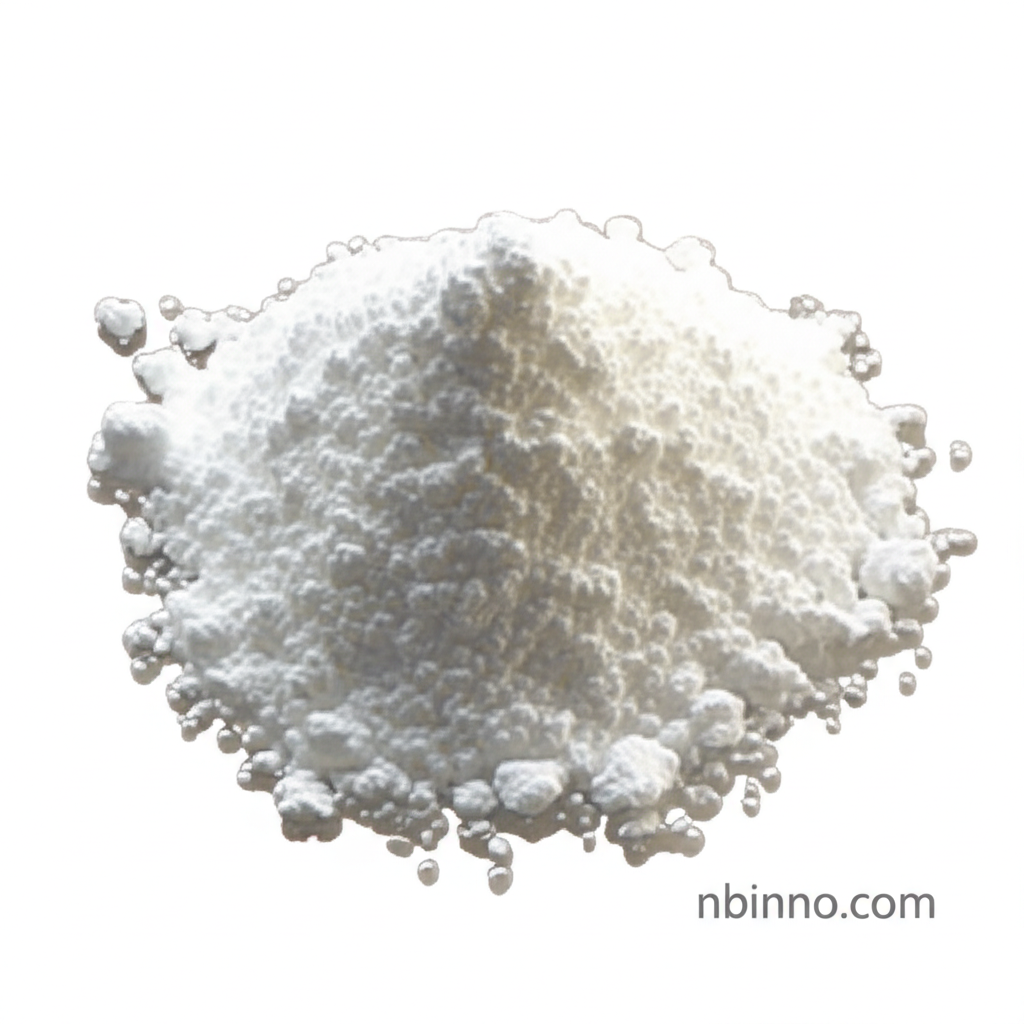Bis(pinacolato)diboron (73183-34-3): A Versatile Reagent for Organic Synthesis and C-H Borylation
Discover the power of this essential organoboron compound in advancing your synthetic chemistry goals.
Get a Quote & SampleProduct Core Value

Bis(pinacolato)diboron
Bis(pinacolato)diboron (CAS 73183-34-3) stands out as a cornerstone reagent in modern organic chemistry. Its unique structure and reactivity enable a wide array of transformations, making it indispensable for researchers and industrial chemists alike. This compound is particularly valued for its role in forming stable pinacol boronic esters, which are critical intermediates in many cross-coupling reactions, notably the Miyaura borylation.
- Leverage Bis(pinacolato)diboron applications in C-H borylation: This reagent is instrumental in functionalizing C-H bonds, offering efficient pathways to introduce boron functionalities into complex molecules.
- Facilitate pinacol boronic ester formation: The ability to readily generate pinacol boronic esters is a key advantage, providing stable and reactive intermediates for subsequent Suzuki-Miyaura couplings.
- Streamline Miyaura borylation: As a key participant in Miyaura borylation, this diboron compound significantly simplifies the synthesis of aryl and heteroaryl boronic esters.
- Explore palladium catalyzed cyclization: Its utility extends to palladium-catalyzed cyclization reactions, opening doors to novel molecular architectures and synthetic routes for homoallylic alkylboronates.
Key Advantages
Air and Moisture Stability
Unlike many sensitive organoboron compounds, Bis(pinacolato)diboron is not moisture-sensitive and can be handled in air, simplifying laboratory procedures and increasing reliability in various organic synthesis workflows.
Versatile Synthetic Utility
Its broad applicability in C-H functionalization, cross-coupling reactions, and other catalytic processes makes it a highly versatile tool for chemists aiming to achieve complex molecular targets.
Efficient Boron Introduction
The reagent provides an efficient and controlled method for introducing boron atoms into organic molecules, a crucial step for many advanced synthetic strategies and the creation of organoboron compounds.
Key Applications
Organic Synthesis
A fundamental reagent for constructing complex organic molecules, particularly through metal-catalyzed cross-coupling reactions.
C-H Borylation
Enables the direct functionalization of C-H bonds, providing access to aryl and heteroaryl boronic acids and esters.
Miyaura Borylation
A key component in the Miyaura borylation reaction for synthesizing boronic esters from halides and pseudohalides.
Catalytic Cyclizations
Used in palladium-catalyzed cyclization reactions to form valuable homoallylic alkylboronates.
